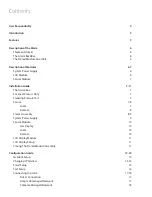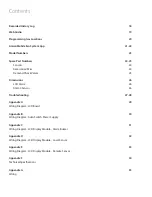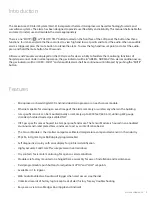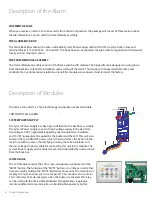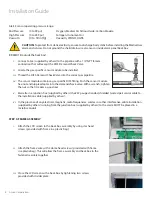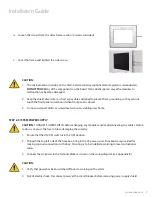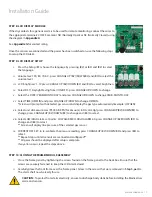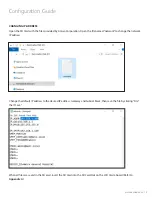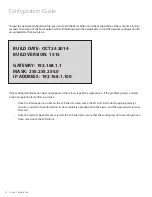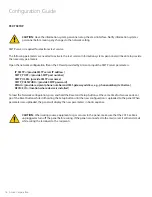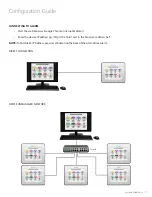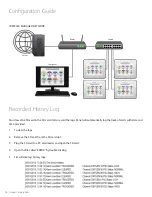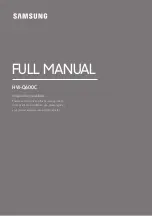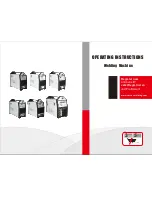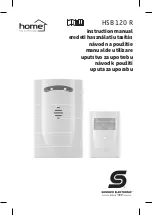
7
www.amico.com
Description of Modules
SENSOR MODULE
The Sensor Module contains the transducer which converts the source of the pressure/vacuum
into a digital signal that is displayed on the LCD alarm. The sensor module shall be housed in an
anodized aluminum and nickel-plated brass enclosure to act as a barrier against interference
and it is temperature compensated. Each sensor is clearly labeled and color coded for the gas or
vacuum being monitored. The sensor module contains a gas-specific DISS fitting to ensure correct
connection of the proper sensor to the respective gas. Each sensor has been factory calibrated for
the specific gas shown on the sensor housing.
For Annual Test
• Hold the MUTE button for twenty (20) seconds to display the current high and low
set points and audio level.
STEP 1: THE ALARM BOX
Install the back-box to the studs of the wall at the desired height. Ensure that the box is securely in place. The mounting
brackets are adjustable to suit the thickness of the wall. MAKE SURE the box is parallel, squared and flush with the
finished wall surface to ensure that the frame assembly will fit properly.
STEP 2: FOR LOCAL SENSORS ONLY
If the sensors are to be mounted locally (inside the back box), the pipe stubs must be connected to the pipeline. Using
silver-brazing techniques, connect each pipe stub to its appropriate gas or vacuum while ensuring that the bottom of the
pipe stub is wrapped with a damp cloth. If the DISS demand check-valve is installed prior to brazing, BE CAREFUL not to
damage the check-valve by overheating the lower portion of the copper pipe. When the brazing of pipe stubs has been
completed, the system can be pressure tested.
STEP 3: STANDING PRESSURE TEST
Perform a standing pressure test on the piping system as per NFPA-99 “Health Care Facilities” or CSA-Z7396.1 “Medical Gas
Pipeline Systems”. Inspect all joints for leaks and make certain each gas is piped to a correspondingly labeled gas service.
STEP 4: SENSOR
A. LOCAL (inside the back box)
i. Locate the gas-specific sensor module to be installed.
ii. Install the provided demand check-valve with a sensor module to the pipe stub.
iii. The sensor module contains a gas-specific DISS fitting. Push the sensor module hex-nut and
nipple adapter up into the demand check-valve. With a wrench, tighten the nut so that it
makes a good seal.
Note:
Maximum input pressure not to exceed more than 249 psi for pressure sensors and 30 inHg for vacuum sensors.
Installation Guide


